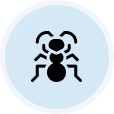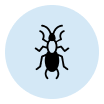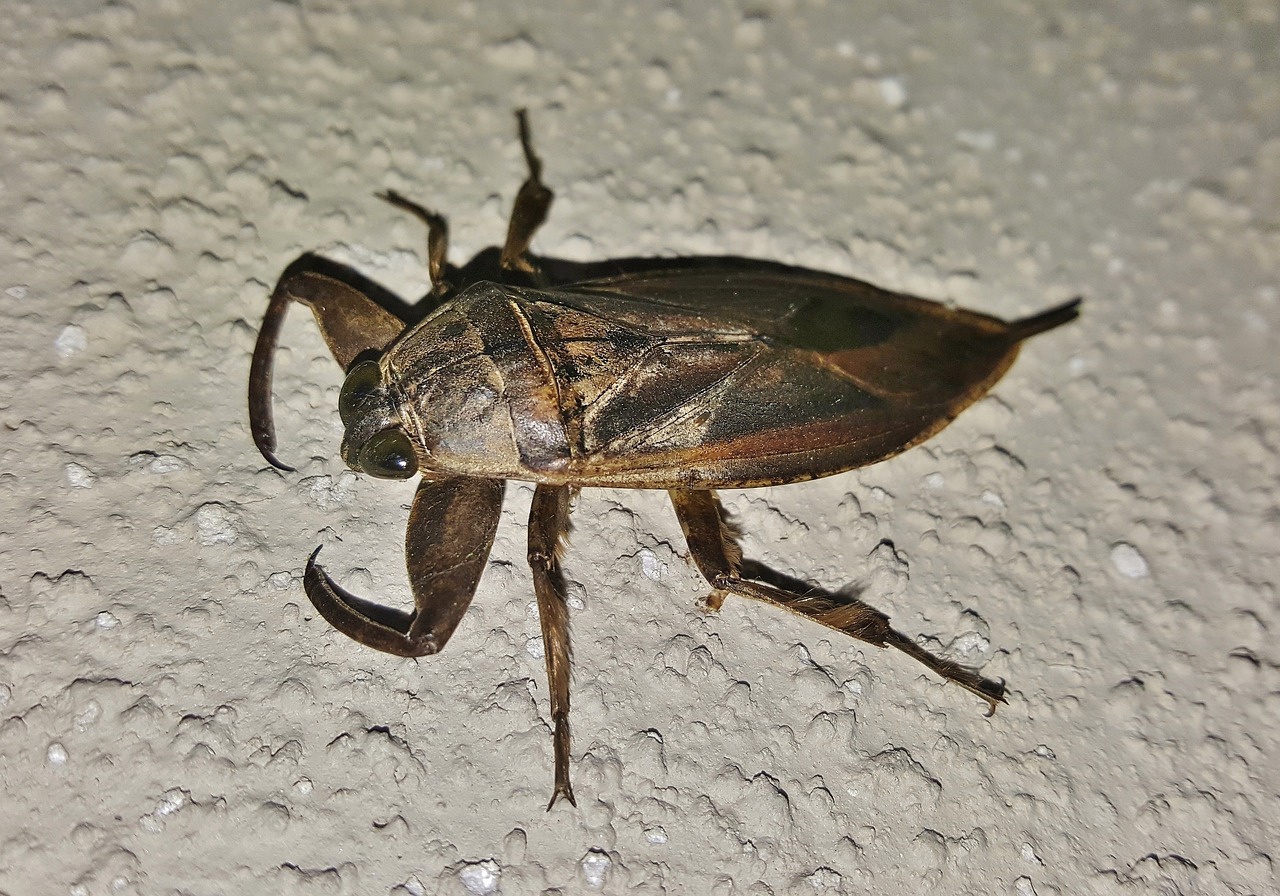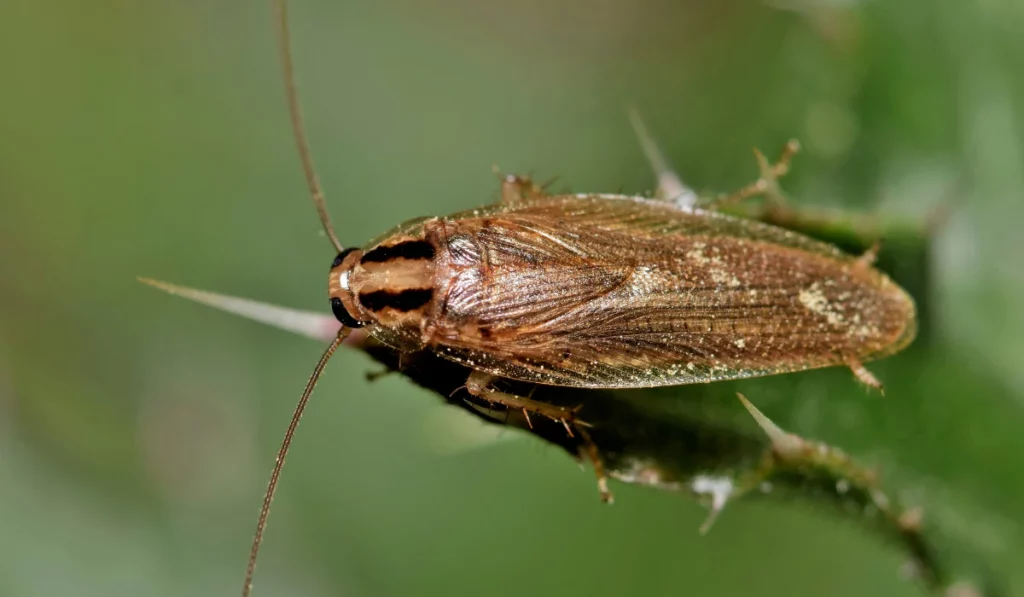Picture this: you’re sitting in your living room watching your favorite TV show when you see a dark mass skitter across the wall. It looks brown, beetle-like, and seems to have wings. Your thoughts take a turn to the worst – it must be a cockroach, right?
Roaches are rife in California, so it’s not out of the question for one to sneak into your home. Whether they’re looking for tasty leftover crumbs of food or, even worse, a potential breeding ground, these pests are known to encroach on our personal space.
But we have some good news: what you think might be a cockroach may not actually be a cockroach. Many little critters share features with roaches, making them hard to distinguish from just a glance. How can you tell the difference when dealing with bugs that look like cockroaches? Let’s look at what you need to know to spot a potential bug or roach problem.
Key Takeaways
- Many insects look similar to cockroaches, but when seen up close, it’s easier to identify their differences.
- Common differences are often visible in an insect’s color (such as dark brown or reddish-brown), long antennae, and potential sounds, like chirping.
- Where you find these insects can also help you identify them. Roaches love spaces with ample food, but other bugs might prefer moisture, dark crevices, etc.
- Once you learn what insect you’re dealing with, you can take the appropriate steps to halt an infestation in its tracks.
Jerusalem Cricket
To the untrained eye, the Jerusalem cricket may be mistaken for various insects, like different cockroach species, June bugs, and palmetto bugs. But upon closer inspection, it’s not hard to see that this cricket has some very clear differences.

A close-up of an adult Jerusalem cricket. Source: Pixabay
The first thing you might notice is that these crickets have distinct stripes on their bodies, almost like a bee’s. They even have a yellowish tinge to their heads. The crickets’ head and body structures, on the other hand, are more similar to that of an ant’s or, indeed, other crickets.
They are stout insects, smaller than the American cockroach and larger than bed bugs. This cricket is known for its strong pincers, which can leave you with a nasty bite. Fortunately, Jerusalem crickets are flightless – you won’t catch this pest buzzing around your room.
How Do They Differ From a Cockroach?
These crickets are markedly different from cockroaches because of their stripes and stout body shape. While they have long antennae, they are shorter overall than most roaches.
They may also bite people more often than their roach counterparts. These crickets can even bite through fabric. Finally, Jerusalem crickets are usually garden pests and often eat roots compared to cockroaches, which prefer moist areas within homes or basements.
Brown Prionid Beetle
This beetle looks very similar to certain species of cockroach at first glance. Its similar profile is due to its color, shape, and size. Brown prionid beetles have long, segmented antennae, but they’re often thicker than that of your typical roach. They can also fly with their significant, powerful wings.
But the shape of their bodies is where things start to change. Instead of being perfectly oval like most cockroaches, this beetle has a long, rectangular shape. It’s also much darker than the light brown or medium brown color of many cockroaches. And we can’t forget the prionid beetle’s spiky neck, which is unique to its species.
How Do They Differ From a Cockroach?
Cockroaches are often flatter than prionid beetles, which have a thicker exoskeleton and overall shape. Keep an eye out for hair on the insect’s legs as well. Most cockroaches, especially American roaches, have hairy front and back legs. These beetles are much smoother. You’ll also be more likely to find these beetles near old, rotting wood since this is the environment they enjoy most.
Giant Water Bug
A common giant water bug. Source: Pixabay
Good news: you’re nowhere near as likely to find a giant water bug skittering around your house as you would a typical roach. Or maybe that isn’t good news? Either way, giant water bugs are, as you can guess from their name, much more likely to be found in or near water.
These critters are large and typically rounder than most types of roaches. They have sturdy wings and are attracted to light. While they do sport the long legs and overall look we associate with roaches, they do have one distinct feature: their long (and very strong) pincers. True water bugs use these mouthparts to snag prey, some of which are several times larger than their bodies.
How Do They Differ From a Cockroach?
A big difference between a giant water bug and a roach is where you find the pest. You’ll find most roaches (and those of other species) in moist areas like the bathroom or kitchen, but you’ll rarely find them directly in water. Water bugs, on the other hand, love living and hunting in bodies of water, especially fresh water.
If you have a pond in your yard, you might find some there. They may also hang around sewers. Also, water bugs can release a foul-smelling secretion from their backside, similar to stink bugs, in case they are in danger.
Western Conifer Seed Bug
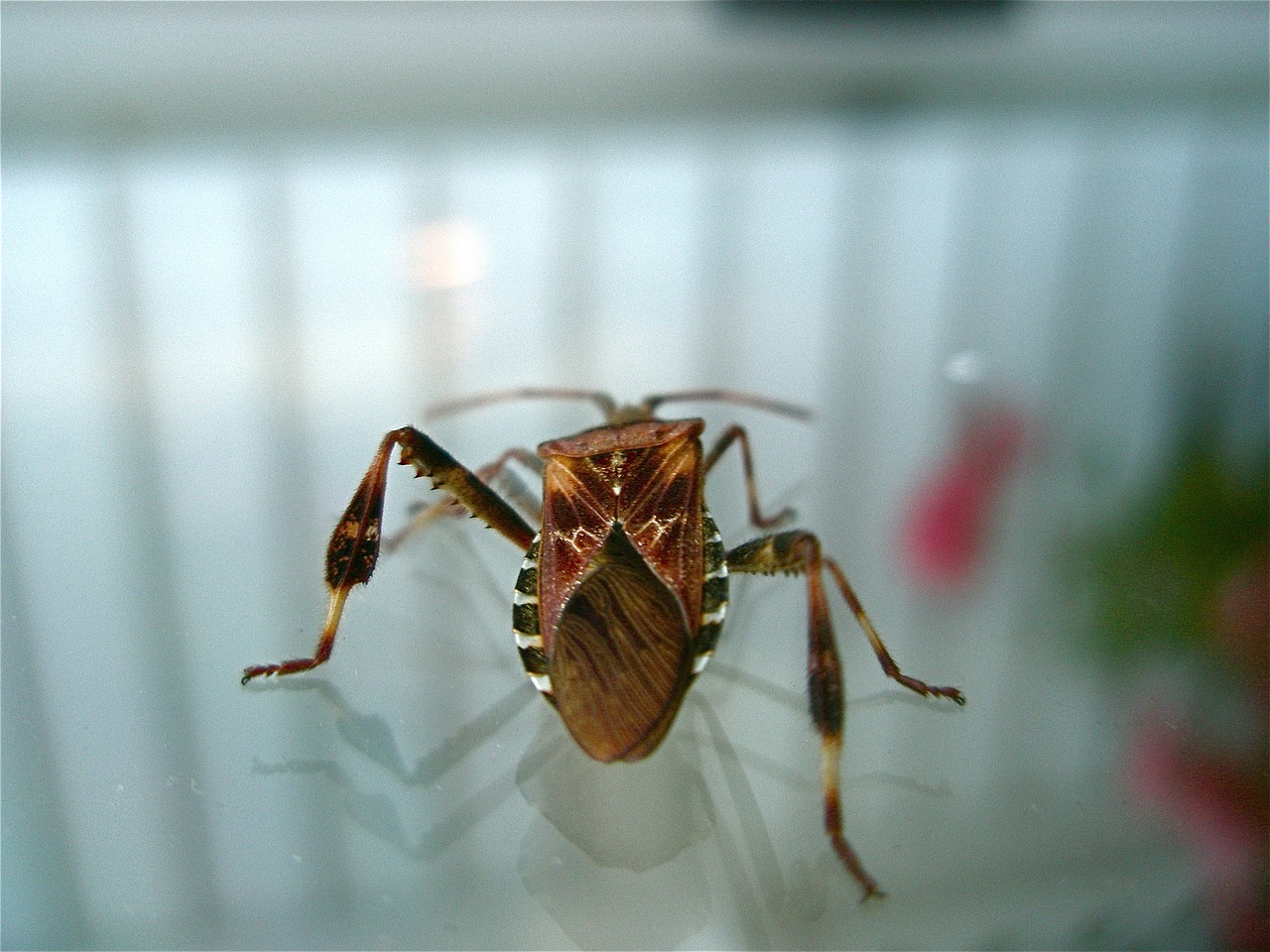
A look at the unique markings of the Western conifer seed bug. Source: Pixabay
The Western conifer seed bug is rarely as large as most roach species. Instead of having perfectly oval-shaped bodies, these little insects are quite angular and have many key features that can make them resemble bees. When they take flight, they create a buzzing sound to drive away potential predators.
When the seed bug opens its wings, its body also has yellow and black striped markings, again similar to a bee. But when its wings are folded, the bug is plain and brown with long, thick legs. They also love feeding on the seeds of conifer trees, and their larvae are usually born within the cones.
How Do They Differ From a Cockroach?
Most homeowners can tell the difference between a seed bug and a roach by the smaller and plainer nature of the former. Their brown color is usually lighter than a roach’s, and they don’t have the same shine to their wings. A closer look is usually all it takes to recognize this bug’s unique appearance and features.
Western Corsair

Close-up picture of a Western Corsair. Source: commons.wikimedia.org
The Western Corsair is a unique little critter belonging to a species known as assassin bugs. It is readily recognizable by its bright orange markings contrasted with black and dark red body parts.
One of the many factors that make it unique is that it has an incredibly painful bite, making it quite different from the bites of termites, beetles, roaches, and other types of bugs. It also stands out thanks to a distinct orange-to-yellow dot in the center of its body mass.
How Do They Differ From a Cockroach?
The Western Corsair looks a lot different from different species of roaches due to its brighter and more distinctive markings. This insect prefers to eat other insects, especially larvae, while cockroaches will eat just about anything from manure to vegetables. Plus, if the Western Corsair happens to bite you, you’ll know it! Its bite is much more painful than that of a cockroach.
California Ground Beetle

Image by onlyyouqj on Freepik
Compared to insects like the Asian longhorned beetle or the palo verde beetle, the California ground beetle is very plain in appearance. It is usually pitch black and large, around the size of a thumb. It also has a much more angular body than an ordinary cockroach. It’s quite a sturdy bug with a thick, shiny exoskeleton. Despite its present wings, the ground beetle, as its name suggests, prefers to scurry along the ground, especially in gardens.
How Do They Differ From a Cockroach?
The California ground beetle is typically much darker than the average cockroach, nearing black rather than brown. They are not quite as flat as cockroaches, either. These beetles generally prefer to prey on invertebrates living outside, like caterpillars and snails, so they’re a bit pickier than your average cockroach.
Spotting a bug is never fun, but being able to identify it can give you some peace of mind. Identifying your bug problem is a key part of treating it appropriately. Whether it’s roaches or another similar bug, it might be time to call in the pros if you think your home is suffering from an infestation. While you can try taking care of the problem with DIY tricks, nothing compares to a reliable pest control service.
As soon as you make the hire, you’ll be glad you did. A professional can help you pinpoint the cause of the bug problem and ensure your home is free of those creepy-crawly pests as soon as possible.




